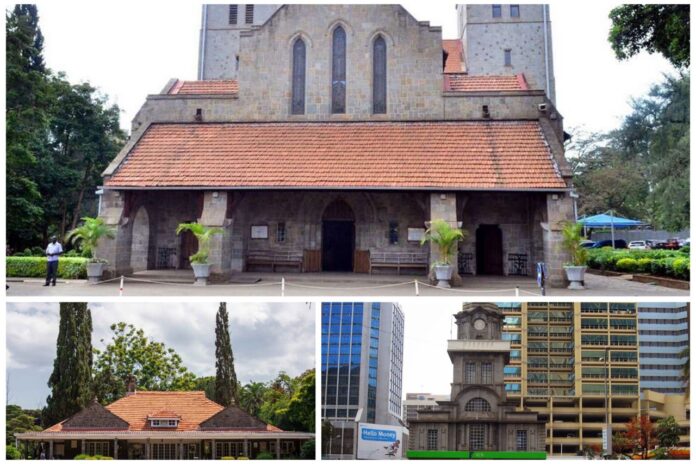History can be conveyed through various means, from oral traditions to written accounts, and even through the architectural wonders that grace our cities. Nairobi, the capital of Kenya, holds a unique narrative within the walls of its historic buildings.
While the city now boasts impressive skyscrapers, it’s hard to imagine that there was a time when a modest one-story structure stood as Nairobi’s tallest building for a remarkable two decades.
Today, let’s explore 7 historical buildings in Nairobi that have not only witnessed the city’s evolution but also continue to captivate with their timeless charm.
These buildings serve as a testament to the rich history and remarkable architectural achievements of Nairobi.
- Nairobi Post Office
- Kenyan National Archives
- Karen Bixen Museum
- Kipande House
- Parliament Buildings
- All Saints Cathedral
- McMillan Memorial Library
1. Nairobi Post Office
The first on our list of historical buildings in Nairobi is the Nairobi Post Office.
The General Post Office (GPO) in Nairobi has a rich history that dates back to its establishment in 1907 as the Nairobi post office.

Located along Kenyatta Avenue, the GPO building has remained a prominent landmark in the city.
Over the years, the GPO has not only served as a post office but also houses important government offices, including the renowned GPO Huduma Centre.
This centre provides various public services, making it a hub of activity within the building.
During the era of colonial rule, the GPO played a vital role in facilitating communication between Kenya and Europe.
A fascinating tradition was the flying of different colored flags from the building’s roof. These flags served as signals, indicating the arrival of a mail boat from Europe at Aden or signalling the time to post mail back to Europe.
It was an important symbol that marked the connection between Nairobi and the rest of the world.
Today, the General Post Office stands as a testament to Nairobi’s heritage and the evolution of communication systems.
2. Kenyan National Archives
The National Archives of Kenya is a significant institution that was constructed in 1965, this makes it one of the historical buildings in Nairobi.
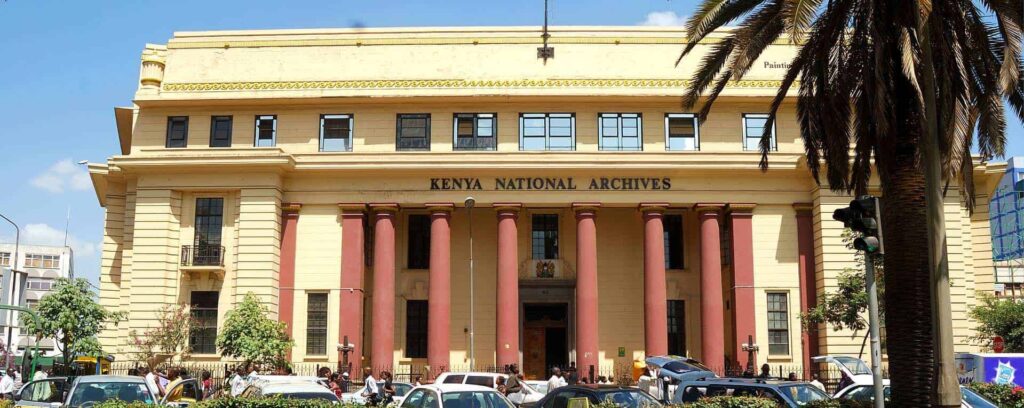
Its purpose is to preserve and safeguard an extensive collection of public records and archives that hold valuable historical information.
Within its walls, approximately 40,000 volumes of records are carefully stored, serving as a treasure trove of knowledge.
One notable feature of the National Archives is the Murumbi Gallery, which is housed within the building.
This unique gallery showcases a remarkable assortment of African artifacts that were collected during the 19th century.
The artifacts provide a glimpse into the diverse cultural heritage of the continent and offer visitors a chance to appreciate the rich artistic and historical traditions of Africa.
The establishment of the National Archives was made possible through an Act of Parliament in Kenya in 1965.
This legal framework ensured the preservation and accessibility of the nation’s records for future generations.
It reflects the commitment of the Kenyan government to safeguard its heritage and promote the understanding of its past.
The National Archives stands as a valuable resource for researchers, historians, and anyone interested in exploring Kenya’s history and cultural heritage.
3. Karen Blixen Museum
The Karen Blixen Museum gained worldwide recognition following the release of the acclaimed film “Out of Africa,” which was based on Karen Blixen’s autobiography of the same name.
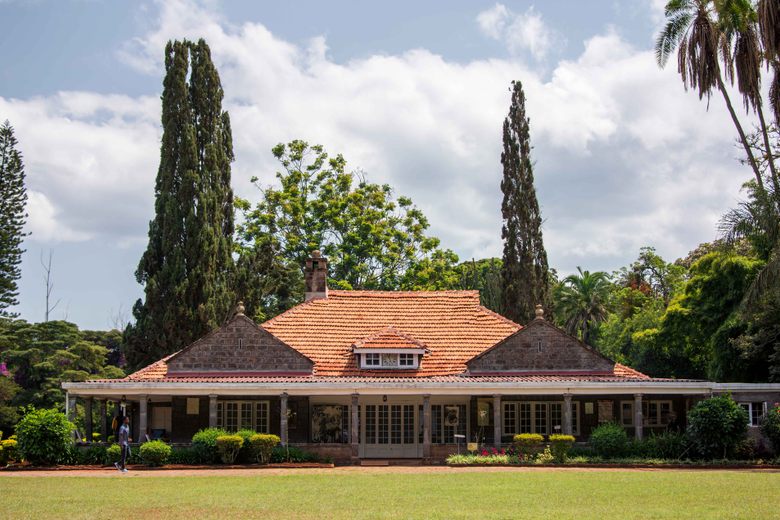
Constructed in 1912 by Swedish engineer Ake Sjogren, the house does not only identify as one of the historical buildings in Nairobi, it is also known to hold historical significance.
It became the property of Karen Blixen and her husband, Baron Bro Von Blixen Fincke, when they purchased it in 1917.
However, after their marriage ended, Baron left the farm house, and Karen remained there until 1931, when she returned to Denmark.
Subsequently, the house changed ownership multiple times until 1964, when the Danish government acquired it and presented it as a gift to the Kenyan government. Initially, it served as the principal’s house for a nutrition college established by the government.
Following the filming of “Out of Africa,” the National Museums of Kenya acquired the building, which transformed it into the Karen Blixen Museum we know today. Located 10km from the city center, the museum officially opened its doors in 1986.
Today, the Karen Blixen Museum stands as a cultural landmark, offering visitors a glimpse into the life and experiences of this renowned author.
It is a testament to the enduring legacy of Karen Blixen and her captivating memoir, which continues to inspire audiences around the world.
4. Kipande House
Standing proudly at the intersection of Loita Street and Kenyatta Avenue, Kipande House showcases remarkable British architecture and holds a significant place in Nairobi’s history. Constructed in 1913, this building, unbeknownst to many, was once the tallest in the city.
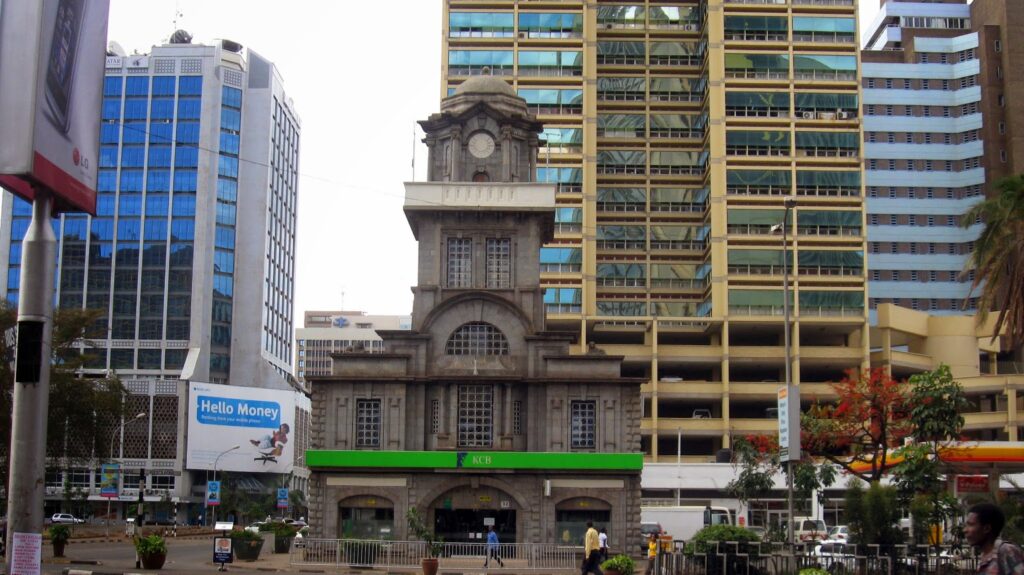
The vision for Kipande House was conceived by Gurdit Singh Nayer, a Pakistani national who recognized the need for improved infrastructure in Nairobi.
With the guidance of English architect David Fialt, Nayer embarked on the construction of this remarkable structure.
During the tenure of Sir Henry Conway Belfield as the first Kenyan governor from 1914 to 1917, the Kipande system was introduced.
This system utilized Kipandes (identification documents) issued to Africans, and Kipande House became a central hub for the issuance of these important IDs.
Today, Kipande House is home to Kenya Commercial Bank (KCB) following its acquisition by the bank in 1976.
The building continues to stand as a testament to Nairobi’s architectural heritage and its role in the administration of crucial identification documents.
5. Parliament Buildings
The rich legislative history of Kenya traces its roots back to the colonial era. Constructed in 1954, the Parliament Buildings stand as enduring symbols of that time, with architectural influences reminiscent of the iconic Big Ben Clock in the United Kingdom.
Renowned architects Amyas Connell and Thornley Dyer were entrusted with the task of designing the new Legislative buildings, which were intended to house the British parliament. Their expertise and vision resulted in the remarkable structure we see today.
The Parliament Buildings currently serve as the home of the National Assembly and the Senate, playing a vital role in Kenya’s democratic processes and governance.
Within these walls, lawmakers debate and shape the nation’s policies, laws, and regulations.
As you approach the Parliament Buildings, you can’t help but admire their grandeur and historical significance.
The architectural design pays homage to the British influence on Kenya’s legislative framework, while also standing as a symbol of the country’s independence and self-governance.
This historical building in Nairobi stands as a testament to Kenya’s legislative heritage and the ongoing democratic processes that shape the nation’s future.
6. All Saints Cathedral
Recognized by the Ministry of National Heritage, All Saints Cathedral holds a significant place in Nairobi’s history as one of the city’s largest and oldest churches.
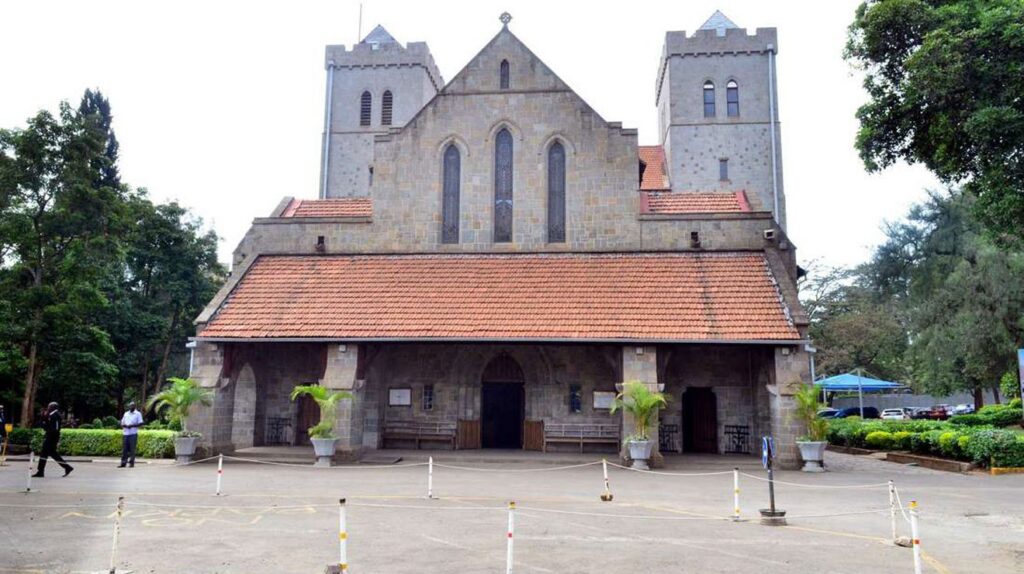
Constructed in 1917 and later designated as a cathedral in 1952, this Anglican Church carries immense historical value.
The cathedral’s architectural style blends the use of Kenyan stone with the British Gothic tradition, resulting in a captivating fusion of cultures.
The cathedral’s striking façade is adorned with two imposing stone towers, reminiscent of medieval England.
These towers serve as a testament to the cathedral’s grandeur and lend an air of timelessness to its surroundings.
It’s worth noting that until 1963, Africans were not permitted to worship within the cathedral’s premises.
However, with Kenya’s transition to a republic, the doors of All Saints Cathedral were finally opened to all.
In a significant milestone, Bishop Festo Habakkuk Olang’ became the country’s first African Archbishop of the Anglican Church, marking a new chapter in the cathedral’s history.
All Saints Cathedral stands as a testament to Kenya’s religious diversity and architectural splendor.
7. McMillan Memorial Library
On June 5, 1931, the Library was officially inaugurated by Sir Joseph A. Byrne, the Governor of Kenya, marking a significant moment in its history.

The library boasts a captivating neo-classical architecture, characterized by a magnificent white marble trapezoidal stairway leading up to the portico.
The façade is adorned with towering granite-clad columns that exude grandeur. Standing proudly on either side of the entrance are two lion statues, serving as guardians of knowledge.
In honor of Sir William Northrup McMillan, an adventurous pioneer and successful businessman from the United States and Europe, the library was named after him.
McMillan’s spirit of exploration and progress is reflected in the library’s dedication to knowledge and learning.
As you step into the McMillan Library, you enter a treasure trove of information. Its extensive collection boasts over 400,000 books and periodicals, some dating back to 1901.
Among its valuable holdings are East African newspapers and journals, offering insights into the region’s history and development.
Additionally, the library houses a remarkable collection of Parliamentary proceedings, providing a glimpse into Kenya’s early years as a republic.
The McMillan Library stands as a testament to the power of knowledge, preserving and sharing a wealth of resources for the benefit of all.
Also read: How to visit four countries in one week, Exploring an African Safari
Whether you seek literary works, historical archives, or academic research, this iconic institution invites you to embark on a journey of discovery and enlightenment.
Source
https://www.kenyans.co.ke/news/73741-7-historical-buildings-nairobi-still-standing-today

